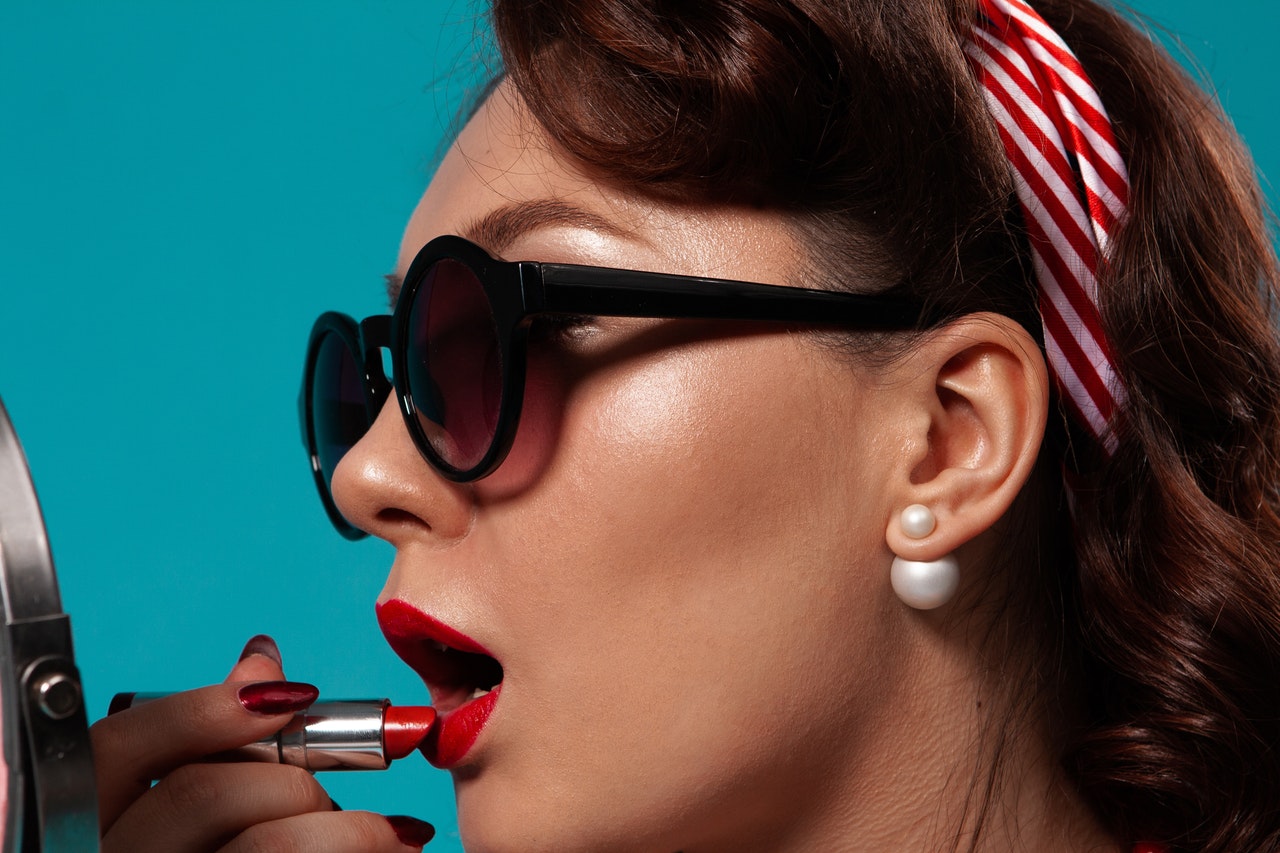The number of people purchasing cosmetics and lifestyle products online is increasing, which is fantastic news for the cosmetics industry. However, with more consumers checking out digitally, fraud is potentially on the increase. Therefore, a good fraud risk management strategy is vital.
Many of the same dangers exist for online beauty and lifestyle businesses as they do for merchants in other sectors. Scams involving CNP cards, as well as bulk buying and resale schemes, are common. There are, however, a few scams that are specific to this enormous and rapidly expanding market.
The industry, currently valued at over $532 billion, is expected to increase 5 to 7% each year. This means it will reach or exceed $800 billion by 2025. Experts predict that even if the global economy weakens, consumers will continue to spend money on “self-care” purchases.
This is in line with the well-known lipstick effect. It states that in times of economic uncertainty, people avoid buying expensive luxury goods. However, they will spend money on small indulgences like lipstick.
Allowing scammers to wreak havoc on your profits is not an option. Therefore, it’s time to refresh your fraud risk management strategy.
Here we look at common online fraud risks for this industry. In addition, we explore how the correct fraud risk management plan can safeguard online merchants and their customers.
1. Takeover of a Subscription Account
This is the fastest-growing fraud practice in the industry. It’s especially dangerous because 38 percent of consumers who buy beauty and lifestyle products monthly do so through subscriptions. Once a fraudster has taken over an existing account, they use the real customer’s name, but a different shipping address.
New geographical constraints are often implemented to reject purchases to previously fraudulent places, thus complicating the work of anti-fraud teams. This puts legitimate purchases at risk of being rejected since they come from these newly blacklisted areas.
2. Flash Sale Fraud
Flash sales continue to be a difficult fraud challenge. This is especially true for companies that rely on human fraud detection.
Sites are often full of both legitimate and fraudulent orders on these high-volume days. This, therefore, may result in an excessive number of transactions to examine. As a result, it can delay fulfillment for eCommerce companies that do not use automatic AI anti-fraud solutions.
3. Store Pickup Scams and Card Not Present
Consumers frequently prefer to pick up their purchases from real stores. This can be found in places like pharmacies in the beauty lifestyle vertical. Fraudsters can order an item online using a stolen credit card without having to enter a residence address.
As a result, this purchase method has a higher rate of fraud than typical card-present purchases. This is challenging for shops because many are wary of irritating legitimate consumers by enforcing tight ID standards for pickup. Therefore, stores must strike a balance between offering a positive consumer experience and preventing fraud.
4. Beauty Scams/Subscription Traps With Free Trials
Consumers may come across advertisements on the internet depicting their favorite celebrities promoting a beauty product. These ads often promise to accomplish something exceptional. However, they are frequently fake, with no real endorsement from the celebrity and no actual product.
Customers ordering these products complain about creams that are mostly water or lipstick with little or no pigment. In addition to receiving low-quality products, consumers complain about continuing monthly charges. These charges often won’t stop until the customer instructs their bank to refuse the transactions.
This scam is devastating to retailers and tarnishes the entire industry’s reputation. When a customer purchases phony goods, they are less likely to trust anyone in the future.
5. Irresponsible Sellers and Fake Products
Consumers must be attentive in the fight against bogus cosmetic goods. They should also be on the watch for free trials and subscription scams. All too often, customers believe they are getting a wonderful deal that turns out too good to be true.
Counterfeit cosmetic and lifestyle items have a vast industry. The global value of knockoffs is somewhere around $500 billion. Furthermore, phony items cost the cosmetics sector $75 million every year in the United States alone.
Therefore, customers must inspect products thoroughly before opening them. There’s a probability it’s not genuine if there are irregularities in the packaging or if the aesthetic appears off.
Many legitimate sellers and marketplaces provide a location for customers to enter serial numbers to verify the authenticity of items. They also urge customers to do extensive research and read reviews before making any online purchase.
Image Credit: Daria Rem; Pexels; Thank you!













